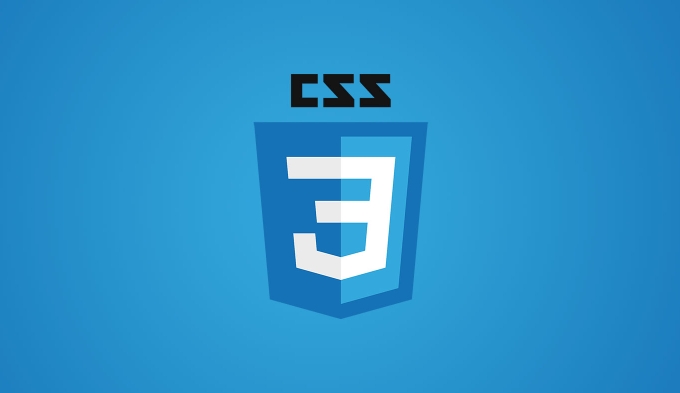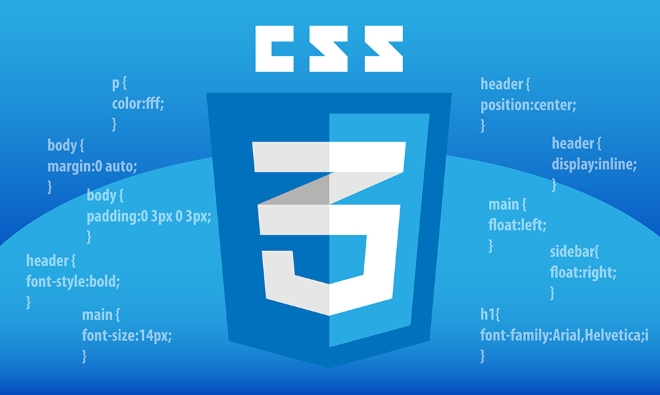The isolation property prevents visual interference between elements by creating a new stacking context. When set to isolate, the z-index, mix-blend-mode and other styles inside the element will not affect the external content, and are suitable for using mixed modes, managing complex cascade layouts, etc. For example, after the container is set to isolation: isolate, its internal elements are independent of the external stacking environment. Additionally, it is very useful when debugging visual exceptions and is widely supported by modern browsers, but should not be overused to avoid performance losses.

The isolation property in CSS is more useful than it might first appear, especially when dealing with stacking contexts and blending modes. At its core, isolation controls whether an element creates a new stacking context, which can help prevent unwanted visual interactions between overlapping elements.

What does isolation do?
When you set isolation: isolate on an element, it creates a new stacking context. This means that any blending or z-index behavior inside this element won't interfere with content outside of it — and vice versa. Without isolation, certain effects like mix-blend-mode can bleed through and affect unrelated parts of the page.
This becomes particularly important when working with layered designs or using advanced compositing techniques.

When to use isolation: isolate
There are a few practical cases where isolation comes in handy:
-
Using
mix-blend-modewithout side effects : If you're applying a blend mode (likescreenormultiply) to an element, but don't want it to interact with everything behind it, wrap it in an isolated container.
Managing complex layer stacks : In UIs with many overlapping positioned elements, isolating certain groups can make stacking easier to control.
For example:
.container {
isolation: isolate;
} Now anything inside .container lives in its own stacking world.
You'll often see this used in animation-heavy interfaces or creative layouts where visual layers need to stay self-contained.
How isolation affects stacking context
Normally, elements with z-index , opacity , <code>transform , or filter create stacking contexts — but they don't always fully separate from their surroundings. With isolation: isolate , you guarantee a clean break.
Here's what happens when you isolate:
- The element becomes a boundary for z-index values inside it.
- Effects like
mix-blend-modeare contained. - It behaves similarly to setting
opacity: 0.99ortransform: translateZ(0), but cleaner and more intentional.
So if you're debugging why a blend mode is affecting too much of the page, or why some z-index isn't behaving as expected, check if proper isolation is in place.
Browser support and usage notes
-
isolationis well-supported in modern browsers including Chrome, Firefox, Safari, and Edge. - It doesn't work in Internet Explorer (as usual).
- Values supported:
auto(default),isolate.
A quick tip: Don't overuse it. While it helps manage stacking, adding it everywhere can create unnecessary layers and impact performance slightly.
If you're building something visually layered or using blend modes, just remember to wrap things in an isolated container. It makes life easier and avoids those “why is this text looking weird?” moments later.
Basically that's it.
The above is the detailed content of Explain the CSS `isolation` property. For more information, please follow other related articles on the PHP Chinese website!

Hot AI Tools

Undress AI Tool
Undress images for free

Undresser.AI Undress
AI-powered app for creating realistic nude photos

AI Clothes Remover
Online AI tool for removing clothes from photos.

Clothoff.io
AI clothes remover

Video Face Swap
Swap faces in any video effortlessly with our completely free AI face swap tool!

Hot Article

Hot Tools

Notepad++7.3.1
Easy-to-use and free code editor

SublimeText3 Chinese version
Chinese version, very easy to use

Zend Studio 13.0.1
Powerful PHP integrated development environment

Dreamweaver CS6
Visual web development tools

SublimeText3 Mac version
God-level code editing software (SublimeText3)
 What is the accent-color property?
Jul 26, 2025 am 09:25 AM
What is the accent-color property?
Jul 26, 2025 am 09:25 AM
accent-color is an attribute used in CSS to customize the highlight colors of form elements such as checkboxes, radio buttons and sliders; 1. It directly changes the default color of the selected state of the form control, such as changing the blue check mark of the checkbox to red; 2. Supported elements include input boxes of type="checkbox", type="radio" and type="range"; 3. Using accent-color can avoid complex custom styles and extra DOM structures, and maintain native accessibility; 4. It is generally supported by modern browsers, and old browsers need to be downgraded; 5. Set accent-col
 Describe the `vertical-align` property and its typical use cases
Jul 26, 2025 am 07:35 AM
Describe the `vertical-align` property and its typical use cases
Jul 26, 2025 am 07:35 AM
Thevertical-alignpropertyinCSSalignsinlineortable-cellelementsvertically.1.Itadjustselementslikeimagesorforminputswithintextlinesusingvalueslikebaseline,middle,super,andsub.2.Intablecells,itcontrolscontentalignmentwithtop,middle,orbottomvalues,oftenu
 How to compile SCSS to CSS?
Jul 27, 2025 am 01:58 AM
How to compile SCSS to CSS?
Jul 27, 2025 am 01:58 AM
InstallDartSassvianpmafterinstallingNode.jsusingnpminstall-gsass.2.CompileSCSStoCSSusingthecommandsassinput.scssoutput.css.3.Usesass--watchinput.scssoutput.csstoauto-compileonsave.4.Watchentirefolderswithsass--watchscss:css.5.Usepartialswith_prefixfo
 How to change text color in CSS?
Jul 27, 2025 am 04:25 AM
How to change text color in CSS?
Jul 27, 2025 am 04:25 AM
To change the text color in CSS, you need to use the color attribute; 1. Use the color attribute to set the text foreground color, supporting color names (such as red), hexadecimal codes (such as #ff0000), RGB values (such as rgb(255,0,0)), HSL values (such as hsl(0,100%,50%)), and RGBA or HSLA with transparency (such as rgba(255,0,0,0.5)); 2. You can apply colors to any element containing text, such as h1 to h6 titles, paragraph p, link a (note the color settings of different states of a:link, a:visited, a:hover, a:active), buttons, div, span, etc.; 3. Most
 CSS transitions tutorial
Jul 26, 2025 am 09:30 AM
CSS transitions tutorial
Jul 26, 2025 am 09:30 AM
CSStransitionsenablesmoothpropertychangeswithminimalcode,idealforhovereffectsandinteractivefeedback.1.Usethesyntaxtransition:propertydurationtiming-functiondelay;todefinetransitions,liketransition:background-color0.3sease0.1s;.2.Specifytransition-pro
 How to purge unused CSS?
Jul 27, 2025 am 02:47 AM
How to purge unused CSS?
Jul 27, 2025 am 02:47 AM
UseautomatedtoolslikePurgeCSSorUnCSStoscanandremoveunusedCSS;2.IntegratepurgingintoyourbuildprocessviaWebpack,Vite,orTailwind’scontentconfiguration;3.AuditCSSusagewithChromeDevToolsCoveragetabbeforepurgingtoavoidremovingneededstyles;4.Safelistdynamic
 HTML `style` Tag: Inline vs. Internal CSS
Jul 26, 2025 am 07:23 AM
HTML `style` Tag: Inline vs. Internal CSS
Jul 26, 2025 am 07:23 AM
The style placement method needs to be selected according to the scene. 1. Inline is suitable for temporary modification of single elements or dynamic JS control, such as the button color changes with operation; 2. Internal CSS is suitable for projects with few pages and simple structure, which is convenient for centralized management of styles, such as basic style settings of login pages; 3. Priority is given to reuse, maintenance and performance, and it is better to split external link CSS files for large projects.
 css filter property examples
Jul 26, 2025 am 08:08 AM
css filter property examples
Jul 26, 2025 am 08:08 AM
TheCSSfilterpropertyappliesvisualeffectstoelementsdirectlyinCSS,withcommonusesincluding:1.blur()forsofteningimagesorcreatingdepth,2.brightness()toadjustlightnessordarkness,3.contrast()toenhanceorreducevisualdistinction,4.grayscale()forblack-and-white







